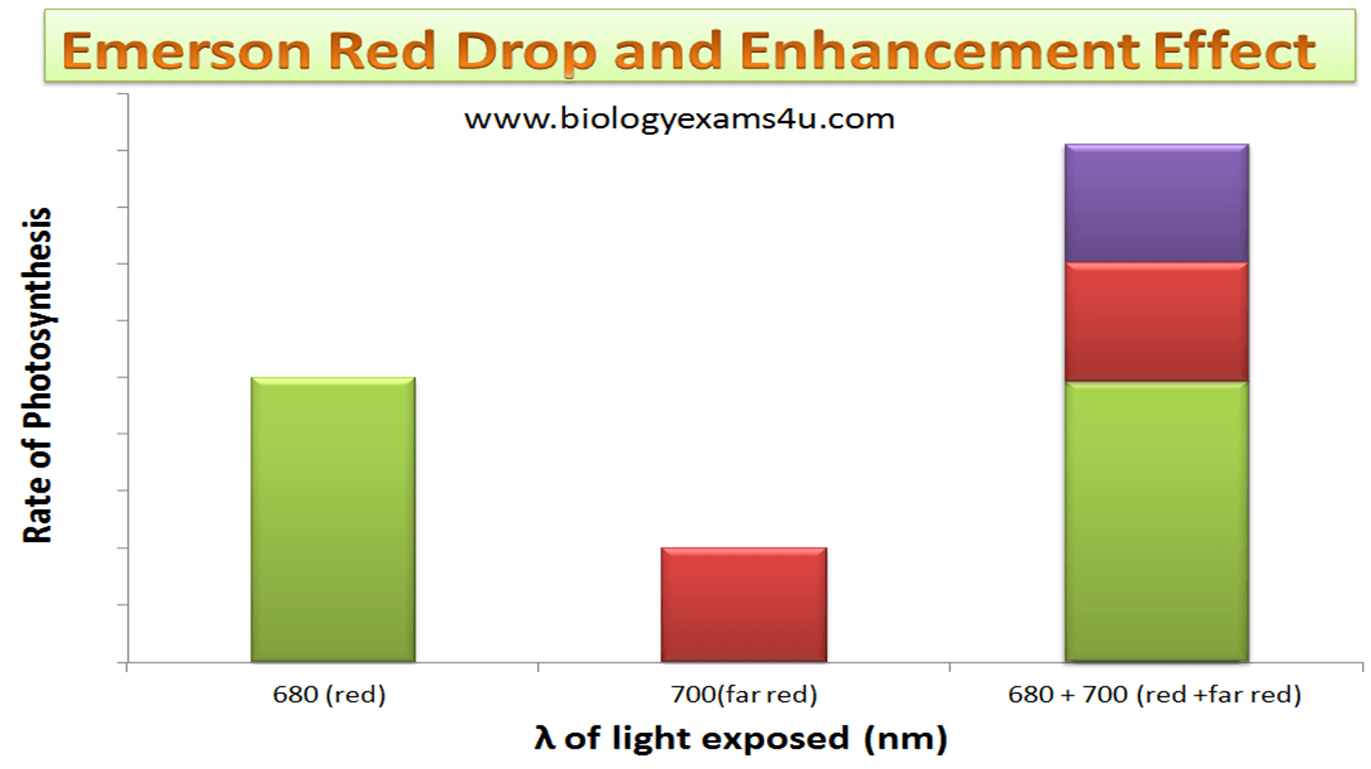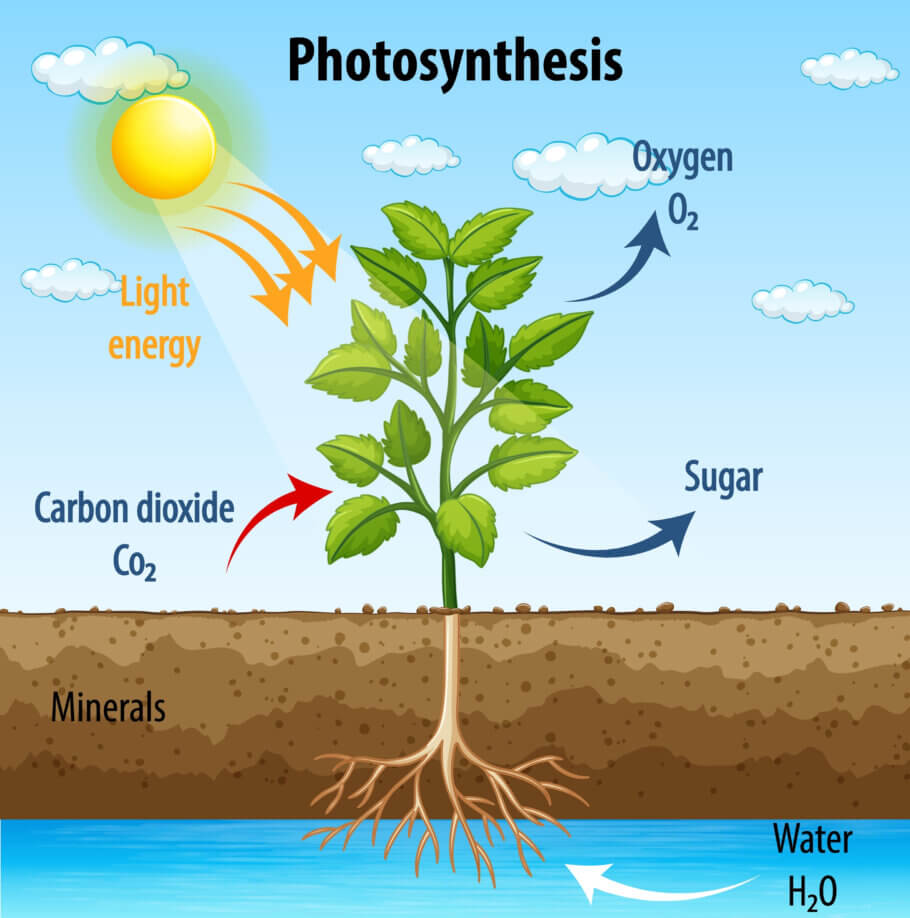In cannabis cultivation, every detail counts when it comes to maximizing plant health and performance. If you are a regular reader of our Blog you will have seen how we have discussed the topic of ultraviolet (UV) light several times; Well, today we want to explain to you a less-known but equally important aspect when using red light lamps, the Emerson effect, a fascinating interaction between light and plants that has been gaining attention in recent years due to its impact on growth. , flowering, and the production of cannabinoids and terpenes in cannabis plants.
In this article, we will explore in depth the Emerson effect and how it can influence the development of cannabis plants, offering new perspectives for growers in search of better results. If you want to maximize the yield of your crops and enhance the development of your plants to the maximum, keep reading!

What is the Emerson effect in plants?
The Emerson effect is a biological phenomenon observed in plants when they receive light with a wavelength of about 660-670 nm (deep red) together with red light at 700-7300 nm (far red). It was discovered by the American scientist Robert Emerson in the 1950s while researching photosynthesis in green algae; In 1957, Emerson reported the results of his research on what we today call the “Emerson Effect”, a phenomenon by which photosynthesis in plants is increased by exposing chloroplasts to lights with wavelengths of 670 nm (red or deep red) and 700 nm (far red light) simultaneously. These experiments demonstrated, over time, that there are two photosynthetic reaction centers in plants.
Therefore, illuminating your plants with a combination of deep red (650-680 nm) and far red (700-730 nm) at the same time should increase the photosynthetic rate of your plants, which will be higher than if you used either. the two types of light separately. By having both types of light, plants will react by increasing their rate of photosynthesis, accelerating their metabolism, and producing a greater amount of energy, which can translate into plants that are more resistant to stress, faster in their development, and with greater production of flowers. and fruits, as well as compounds such as cannabinoids and terpenes.
Thus, the Emerson effect describes how photosynthesis in plants can be more efficient when they simultaneously receive these two types of light. In other words, thanks to this phenomenon we can achieve what we are all looking for in our crops: healthier, more resistant, and productive. Although the Emerson effect has been shown to occur in different plant species, it must be said that there is still a lot to learn about the exact mechanisms behind this phenomenon and how it can be used in practical applications, such as the case of cannabis cultivation.

Advantages of the Emerson effect in cultivation
Let us summarize below some of the advantages of using these types of light for the development and growth of plants:
- Higher rate of photosynthesis: As we have seen, the Emerson effect increases the photosynthetic efficiency of plants by allowing them to perform a greater amount of photosynthesis in the presence of deep red light and far red light. This translates into greater production of carbohydrates and oxygen, essential for the proper development of the plant.
- Protection against oxidative damage: Although UV light can be harmful to plant cells due to its ability to cause oxidative damage when combined with visible light, the Emerson effect can help mitigate these negative effects. Controlled exposure to UV light can induce the synthesis of antioxidant compounds and defense proteins in plants, making them more resistant to oxidative stress.
- Stimulation of secondary metabolism: Light, at certain wavelengths, can activate the production of secondary metabolites in plants, such as flavonoids, terpenes, and cannabinoids, which have various functions, including protection against environmental damage and interaction with other organisms. The Emerson effect can promote the biosynthesis of these beneficial compounds, increasing the plant’s resistance to pests, diseases, and adverse environmental conditions while, in the case of cannabis, accentuating its aroma and flavor and providing greater potency.

Using the Emerson effect in cultivation
Whether you grow in a room or a grow tent, the Emerson effect can be harnessed in growing in a variety of ways to promote healthier, more productive plant growth. To achieve this, we recommend the following:
- Selecting appropriate light sources: Using grow lamps that emit ultraviolet (UV) light along with visible light is essential to induce the Emerson effect. Lamps specifically designed to provide light spectrums that include UV ranges can be used, such as some high-intensity discharge (HID) lamps or LED grow lights, which are the most popular options today. To complement them, LED lights of the wavelength necessary for the Emerson effect to occur are recommended.
- Controlling UV light exposure: It is important to provide controlled UV light exposure to prevent plant damage. This can be achieved by adjusting the intensity and duration of UV light exposure based on the needs of the plants and the particular growth cycle.
- Optimizing light distribution: Evenly distributing light across the growing area ensures that all plants receive adequate exposure to UV and visible light. This can be achieved through the use of reflectors and strategic placement of light sources.
- Constant monitoring and adjustment: It is essential to regularly monitor the health and growth of plants to ensure that they are responding positively to the Emerson effect. If necessary, adjustments can be made to light intensity, duration, or distribution to optimize results.
You already know that by applying the Emerson effect in cultivation, growers can improve the health, yield, and quality of plants, which translates into larger and higher quality harvests. But…how to do it? What is the best strategy to make the most of this phenomenon? We’ll tell you then.
Turning lamps on and off: take advantage of the Emerson effect
Without a doubt, one of the most popular and widely used techniques about this phenomenon is the use of lamps with both types of red light (deep red and far red) that turn on a little before the main grow lamp and turn off. a little after this one. Thus, a good strategy is to turn on your red lamp 15 minutes before, for example, your HPS equipment or LED panel, and turn it off about 15 minutes after your main lighting equipment.
In this way, your “normal” growing lamp will continue with a photoperiod of 12 hours of light and 12 hours of darkness, while the photoperiod of the red light will be 12:30 hours on and 11:30 hours off, since you must leave it on throughout the daytime period of the plants, that is, also during the 12 hours in which your main lamp will be connected.
In this way, an effect very similar to that of sunrise and sunset in Nature is achieved, providing more light in the necessary wavelength for plants to increase their metabolism and develop much better, being more resistant, faster, and productive.
As you can see, the use of this technique can greatly improve the results of your crops, and the investment is worth it whether you are a professional or an amateur. Do not hesitate to leave us your comments, questions, or advice if you already know this technique and are using it.
Happy harvest!
The articles published by Alchimiaweb, S.L. are reserved for adult clients only. We would like to remind our customers that cannabis seeds are not listed in the European Community catalogue. They are products intended for genetic conservation and collecting, in no case for cultivation. In some countries it is strictly forbidden to germinate cannabis seeds, other than those authorised by the European Union. We recommend our customers not to infringe the law in any way, we are not responsible for their use.
Source link
#Emerson #effect #red #light #cannabis #Alchimia #Grow #Shop